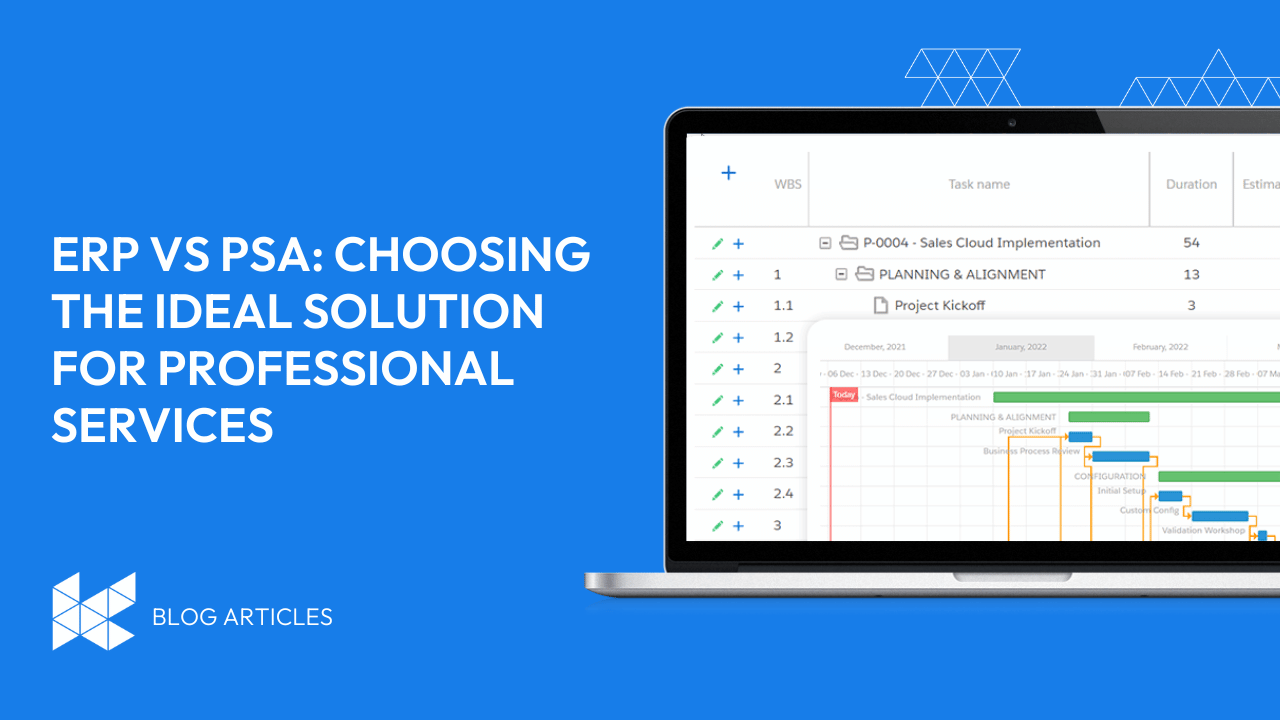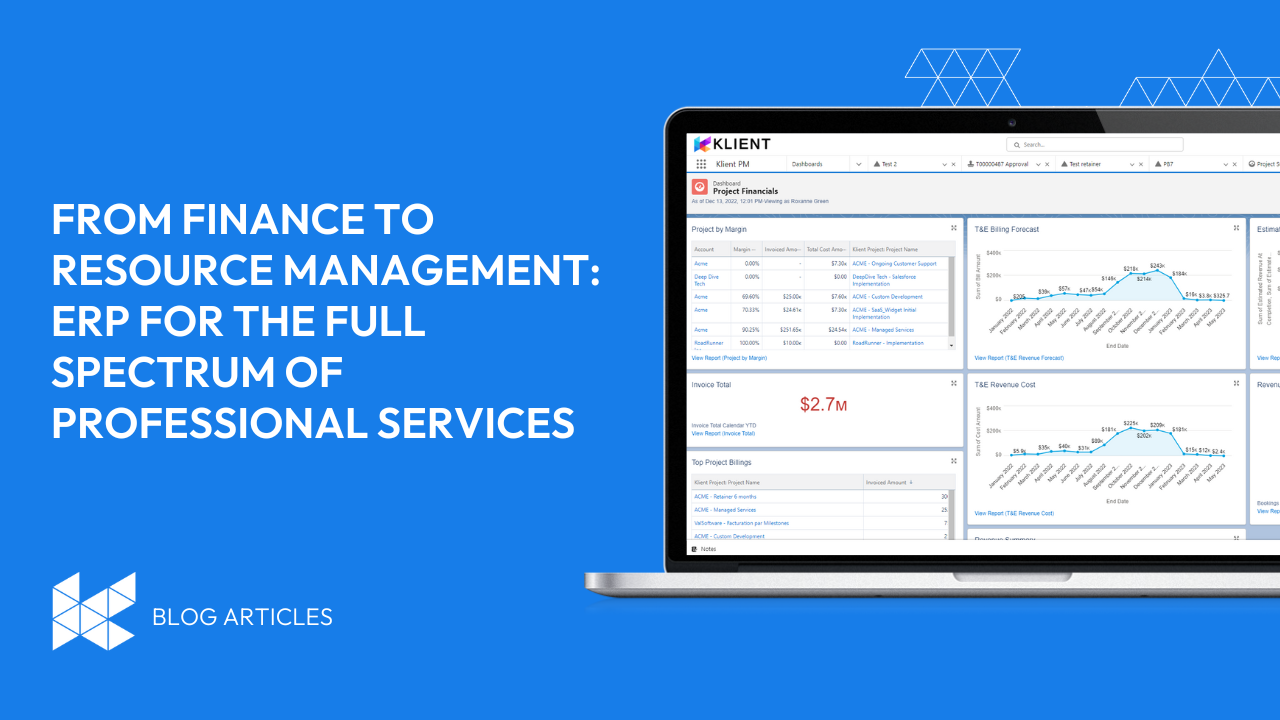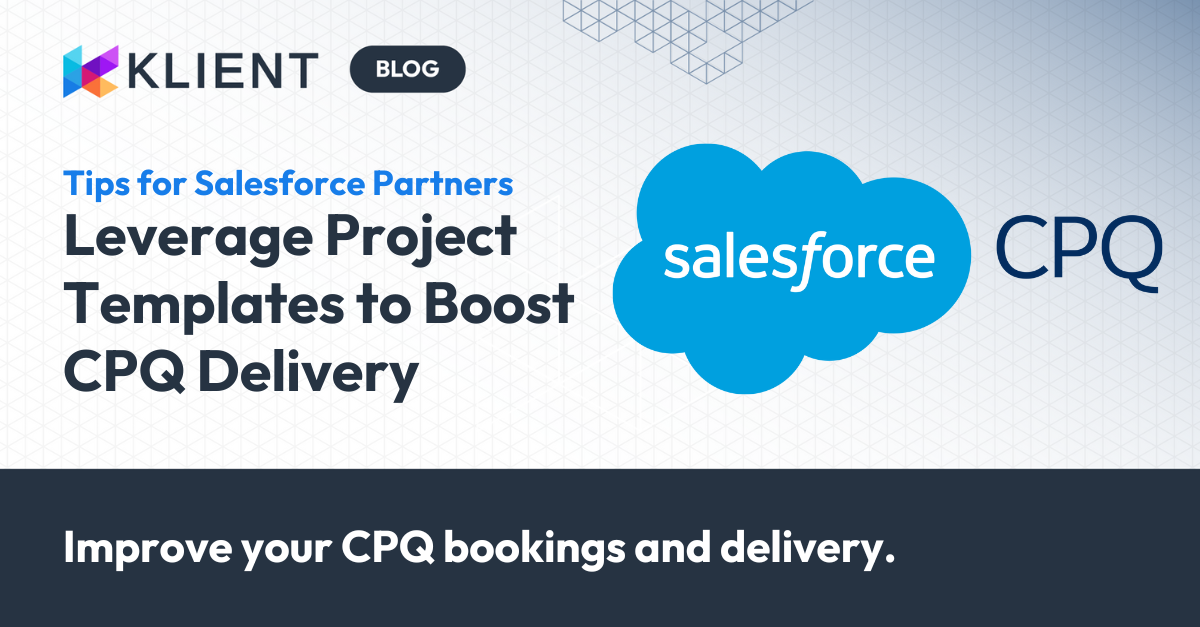
The Top 5 Professional Services Metrics You Need To Be Tracking For Customer Success
These organizations have largely accomplished this by tracking 5 important and influential metrics for the professional services market. These metrics are not only imperative to a profitable business, but also critical in keeping customers happy through improved service delivery experiences. We recommend that all organizations who deliver projects to clients, start tracking these 5 key metrics immediately if you aren’t already:
1. Annual Revenue per Billable Consultant
Annual Revenue per Billable Consultant is a measure of a business’s total revenue divided by the number of billable consultants they employ. Understanding how much revenue each consultant is producing is a key indicator of financial success as well as consultant productivity, but it must be assessed in relation to labor costs. Revenue per billable consultant should ideally equal one- to two-times the labor costs of employing each consultant. Organizations with high annual revenue per billable consultant tend to do well because higher rates indicate better consultant productivity with respect to larger projects, more revenue in backlog, as well as more on-time and on-budget completions.
Tracking consultant productivity is key to improving customer success because you will have greater insight into when and how you should better utilize your consultants in order to improve their productivity and speed up project timelines and delivery.
2. Annual Revenue per Employee
Another core metric, Annual Revenue per Employee, is measured by dividing total revenue by the total number of both billable and non-billable employees. Similar to annual revenue per billable consultant, high annual revenue per employee is strongly correlated with profitability and efficiency. By measuring how much revenue each employee brings in relative to how much they cost, you can accurately determine the financial health of an organization. While not everyone on staff can provide billable services, it is important to be aware of the risks of too many overhead costs in relation to revenue per employee.
This metric can also be important for professional services organizations hoping to optimize business processes because business leaders can see departments where they may be spending too much money on employees, and can better re-allocate budgets to hire employees in areas that will make the business more successful. A successful business is one that has the right number of employees in each department in order to successfully manage client expectations and provide the support necessary to maintain loyal customers for life.
3. Billable Utilization
Employee utilization is defined by SPI Research on a 2,000 hour per year basis, and is calculated by dividing the total billable hours by 2,000. Utilization is central to accurately determining organizational profitability, as well as a key signal to expand or contract the workforce. By tracking work hours for billable employees, an organization can get a better picture of workforce productivity.
Your utilization rate tells you how much of your employees’ available time is spent on billable work. If this rate is too high, you likely need to add more resources. Too low and it means that you’re not bringing in enough work.
Tracking this metric can help you improve customer success because overworked employees are often tired, unhappy employees, and may even become so rundown that they are unable to perform to the best of their ability. On the other hand, underworked employees may become bored or uninterested in their work which can also affect the quality of the work they deliver. Both of these circumstances can be damaging to your organization’s reputation if the work your employees are performing does not measure up to customer expectations.
4. Project Overrun
Project overrun is the percentage above budgeted cost versus the actual cost of a project. This KPI is important because anytime a project goes over budget in either time or cost; it cuts directly into profitability. Whether a project goes over in either budget or allotted person-hours, it can limit future work and in many cases reveal internal efficiency or management issues, which also negatively impact bottom-line results. Project overruns are also detrimental to client satisfaction and even incoming sales opportunities.
By tracking project overrun, you can identify which projects are consistently going over budget, and identify ways to improve internal efficiency in order to manage projects better and stay on schedule. This will greatly improve your number of projects delivered on time, on budget, and to your customers satisfaction.
5. Profit Margin
Profit margin is the percentage of revenue which remains after paying for the direct costs of completing a project. Keeping profit margins high is essential as it ultimately drives overall revenue. Poor financial performance can often be directly correlated to low profit margins, as organizations are no longer able to invest in future growth activities.
An organization that has revenue to invest in the future growth of the company is one that can remain innovative, continuously enhance and improve their product or service, and foster long-term relationships with their customers. Tracking profit margin is therefore crucial to the ongoing success of a professional services organization.

You liked this Klient Tip? Share it with your team!
Discover more articles from Klient

Replace all your tools with Klient, Salesforce #1 PSA platform
Run your entire SaaS and consulting business on a single professional service automation platform native to Salesforce!










